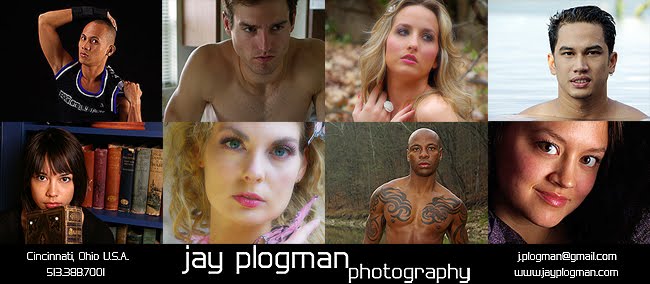From 1998 through 2004 I did wedding photography. Today I continue to shoot for those about to be married, doing prenuptial portraits. These have proven to be some of the photos the newly wedded couples love the most, as we are able to capture them in locations that have great significance to them and do so without the time constraints imposed by all the events of a wedding day.

I've also worked with a variety of models, ranging from beginners/amateurs to professional.
My first work in digital came in 2006 when I worked with Venezuelan model/fashion accessory designer Dayo Litmanovich:

I later moved to the Philippines and began working with models there. Here is versatile Philippine model/actor Jaws Andrada from a short test shoot we did in 2008:

He's not the first Filipino actor I worked with though. That would be Jerwin Mercado. I had the privilege of working with him in 2007 when director Felino Tañada approached me to do some publicity photos of the young star for the movie Hanggang Dito Na Lamang at Maraming Salamat. These were used in articles in magazines to introduce readers to the fresh face on the screen. Here's a couple from that session, done at Pueblo por la Playa resort in Lucena, Philippines:


Also in 2007, I worked on a shoot documenting the taping of MTV Philippines VJ Search at Camp Explore in Antipolo, Philippines. Here, one of the VJ wannabees is seen after her descent on the Slide for Life:

I don't restrict my photographic subject matter. In 2008, the people at Slivers magazine (a Philippine publication covering interior design and architecture) had me do work for two articles covering an architect and the Mango Camp resort in Zambales, Philippines. Here's a few shots from that shoot:



Experience from the early years on behind the camera really helps when it comes to dealing with continually changing persons, places, and events in front of the camera!










